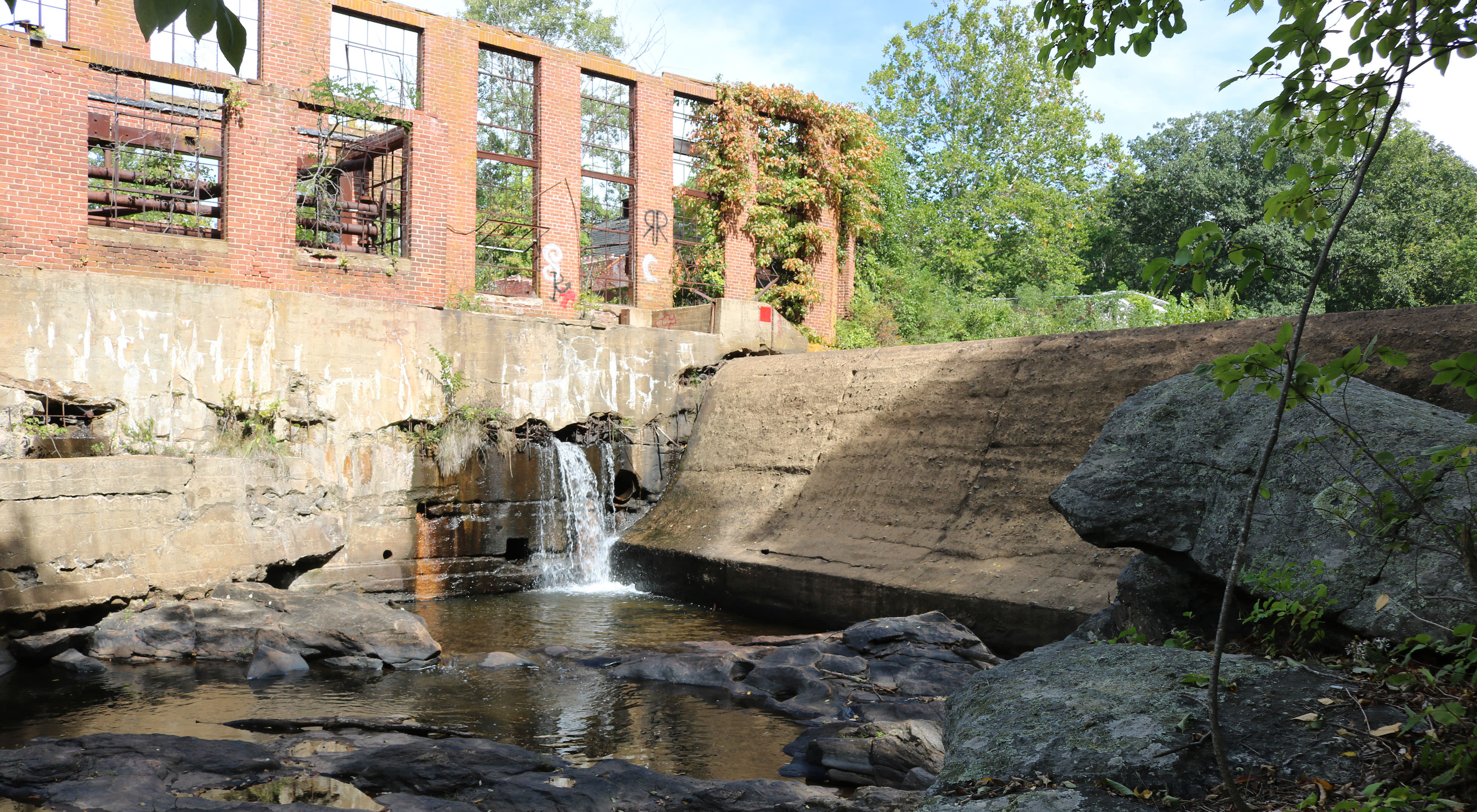A River Restored at Last
Norton Paper Mill Dam removal in Colchester is Connecticut’s largest
The sound of rushing water is music to Sally Harold’s ears. That’s especially true these days when she visits the often quiet town of Colchester.
Harold, the director of river restoration and fish passage for the Conservancy in Connecticut, worked with many partners—including the former property owner, Nan Wasniewski, who sold the property to the town for $1—to demolish the Norton Paper Mill Dam late last year. Now, the Jeremy River is flowing freely through town once more.
Until this past fall, Harold had to rely on imagination—and some detailed plans—to envision what the Norton Paper Mill property would look like without the large obsolete dam blocking the river. While the town is still working to turn the mill site into a public park for everyone to enjoy, the river itself already looks better.
Resident and migratory fish now have access to over 17 miles of high-quality habitat upstream and can move freely up- and downstream. Migratory species have not been able to access this part of the river since the first dam was built here in 1726. Before then, the Jeremy River, which is part of the Connecticut River watershed, had runs of Atlantic salmon.
Even with successes like this one, much work remains: there is roughly one dam per mile and a half of river in Connecticut.
Harold is hardly dissuaded. She’s already working on her next dam removal, and she knows that as Connecticut’s waterways open up one by one, resident species and migratory species will benefit. And, yes, that will be even more music to her ears.
